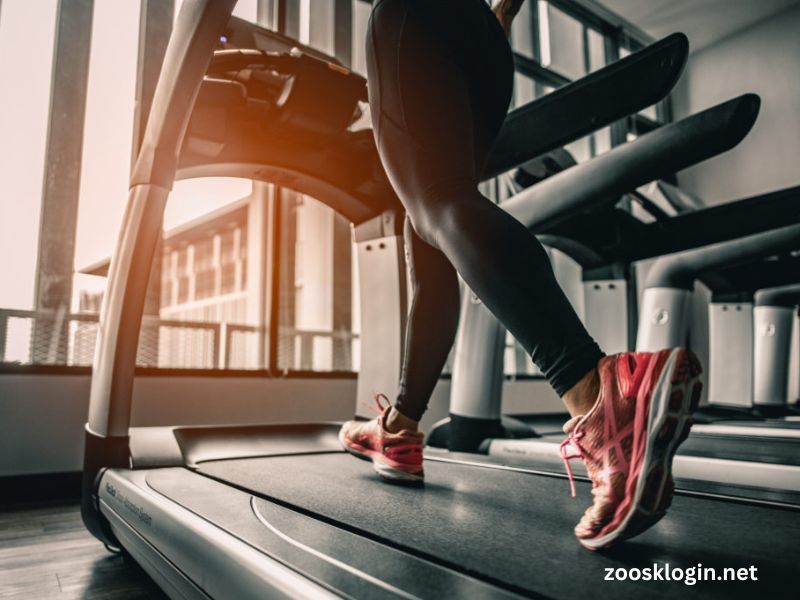In today’s fitness-oriented culture, many individuals, including children and teenagers, are eager to embark on their fitness journeys. However, a common question arises: How old do you have to be to go to the gym? The answer isn’t straightforward, as it varies based on several factors including gym policies, local laws, and safety considerations. In this article, we’ll explore the age requirements for gym access, the benefits of exercising at different ages, and tips for young gym-goers.
Age Requirements for Gyms
General Guidelines
Most gyms have their own policies regarding age restrictions, which can often be influenced by the following factors:
- Local Laws: Many regions have laws that dictate the minimum age for minors to use gym facilities. These regulations can vary significantly from one area to another.
- Gym Policies: Each gym has the discretion to set its own age limits. Some gyms may allow children as young as 12 to use the facilities with parental consent, while others may require members to be at least 16 or 18.
- Type of Gym: Different types of gyms cater to varying demographics. For instance, family-oriented gyms often have more lenient age policies, while specialized gyms focused on weightlifting or bodybuilding might impose stricter rules.
Age Breakdowns
Here’s a general breakdown of age restrictions you might encounter at gyms:
- Ages 6-12: Many gyms offer kids’ programs or classes specifically designed for younger children. These usually involve fun activities that promote physical fitness without heavy weights. Direct access to gym equipment is typically not allowed for this age group.
- Ages 13-15: Teenagers in this age range often have more options. Many gyms allow them to use gym facilities with parental consent and supervision. Some facilities may require them to complete a fitness orientation.
- Ages 16-17: By this age, most gyms permit access to all areas, including weightlifting zones, provided they have undergone some form of orientation or training. This age group can typically work out independently, although guidelines vary.
- Ages 18 and older: Adults are generally free to use gym facilities without restrictions. This includes access to all equipment and classes.
Benefits of Early Exercise
Physical Health
Engaging in physical activity from a young age offers numerous benefits. Regular exercise helps children and teenagers:
- Develop Strong Bones and Muscles: Weight-bearing activities promote bone density and muscle strength, crucial during developmental years.
- Maintain a Healthy Weight: Regular physical activity helps combat childhood obesity and promotes healthy body composition.
- Enhance Cardiovascular Health: Activities that raise the heart rate improve cardiovascular fitness and overall heart health.
Mental Health
Exercise is not only beneficial for physical health; it also positively impacts mental well-being. Young gym-goers can experience:
- Improved Mood: Physical activity releases endorphins, known as “feel-good” hormones, which can alleviate symptoms of anxiety and depression.
- Increased Confidence: Achieving fitness goals, whether small or large, can bolster self-esteem and body image.
- Better Focus: Regular exercise is linked to improved concentration and cognitive function, making it easier for young people to perform academically.
Social Interaction
For many children and teenagers, the gym can also serve as a social hub. Participating in group classes or training sessions can help them:
- Make Friends: Meeting peers with similar interests can foster friendships and build social skills.
- Learn Teamwork: Group workouts and team sports cultivate collaboration and support.
Safety Considerations
While there are many benefits to early exercise, safety should always be a priority. Here are some tips for ensuring a safe gym experience for younger individuals:
Supervision
- Parental Guidance: For children and young teenagers, having a parent or guardian present can ensure they are using equipment correctly and safely.
- Trained Staff: Many gyms offer orientations and training sessions led by certified trainers. It’s crucial for young gym-goers to learn proper techniques to prevent injury.
Appropriate Workouts
- Age-Appropriate Activities: Younger children should focus on fun, engaging activities that promote physical fitness, like swimming, dancing, or team sports. Resistance training should be approached with caution and only under professional supervision.
- Avoid Heavy Weights: For teens, lifting heavy weights can lead to injury if not done correctly. Starting with lighter weights and focusing on form is essential.
Rest and Recovery
- Listen to Your Body: It’s important for young gym-goers to understand their limits and take breaks when needed to prevent fatigue or injury.
- Balanced Routines: Young people should balance their workouts with rest days, ensuring they engage in various activities to promote overall fitness.
Choosing the Right Gym
When considering a gym for younger members, several factors should be taken into account:
- Facilities: Look for gyms that have youth-specific programs and age-appropriate equipment.
- Staff Qualifications: Ensure that the gym employs certified trainers who are knowledgeable about working with children and teens.
- Community Environment: A supportive atmosphere can make a significant difference in a young person’s gym experience. Consider gyms that promote inclusivity and encouragement.
- Programs and Classes: Many gyms offer classes specifically designed for younger members. These programs can help introduce them to fitness in a fun, engaging way.
Alternative Options
If traditional gyms don’t seem suitable for younger individuals, consider alternative options:
- Community Centers: Many local community centers offer youth programs that include fitness classes, sports leagues, and recreational activities.
- School Sports: Participating in school sports teams can be a fantastic way for young people to stay active while learning teamwork and discipline.
- Home Workouts: For those who may not feel comfortable in a gym environment, there are plenty of effective workouts that can be done at home with minimal equipment.
Conclusion
The question of how old you have to be to go to the gym can vary widely, but what remains consistent is the importance of physical activity for all age groups. For young people, the gym can be a gateway to improved physical and mental health, confidence, and social interaction.
As children and teenagers embark on their fitness journeys, understanding age requirements, safety considerations, and the variety of options available is essential. With the right guidance and support, they can cultivate a lifelong appreciation for fitness and well-being. Whether through traditional gyms, community programs, or home workouts, there’s no wrong age to start enjoying the benefits of an active lifestyle.






